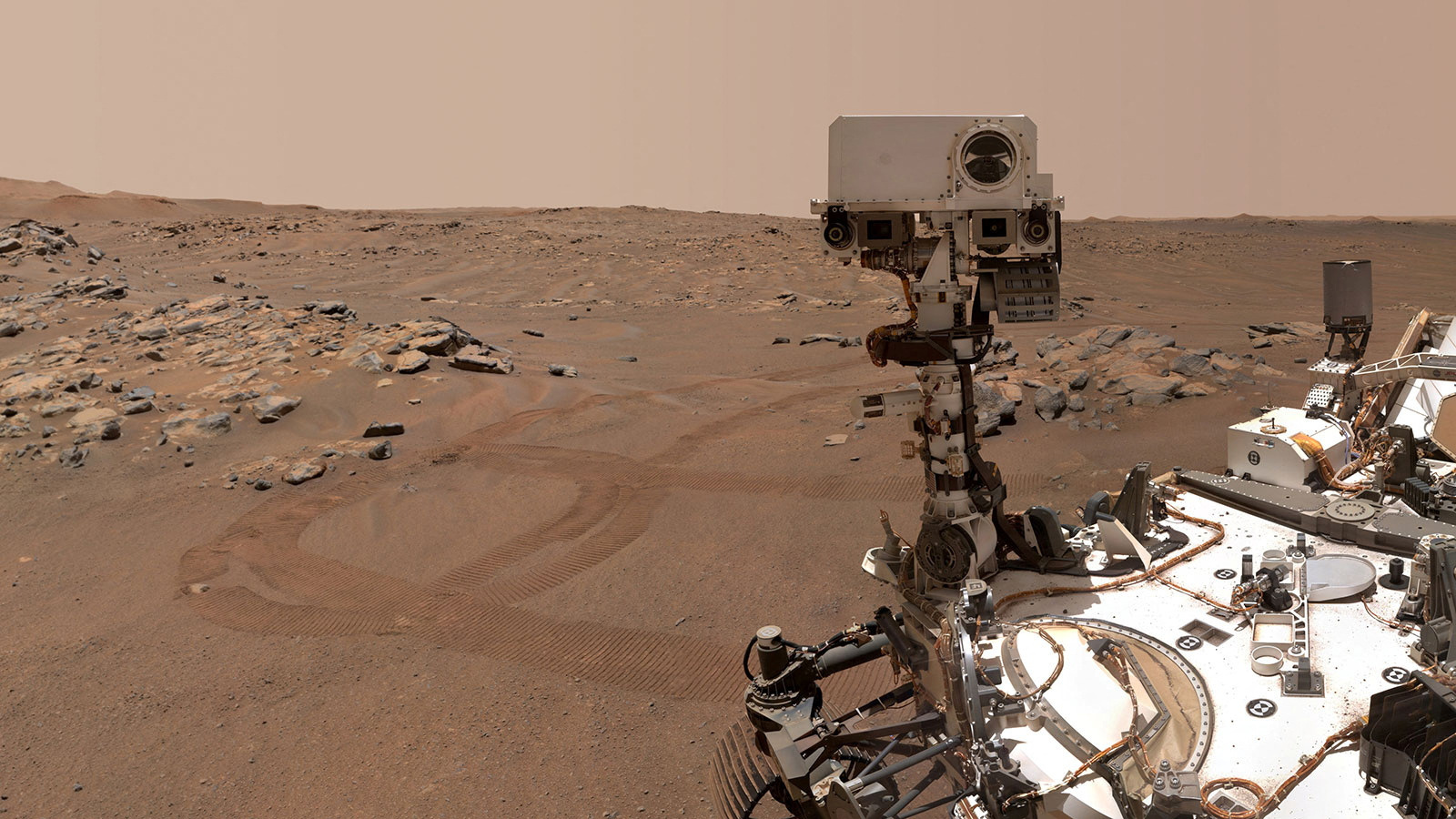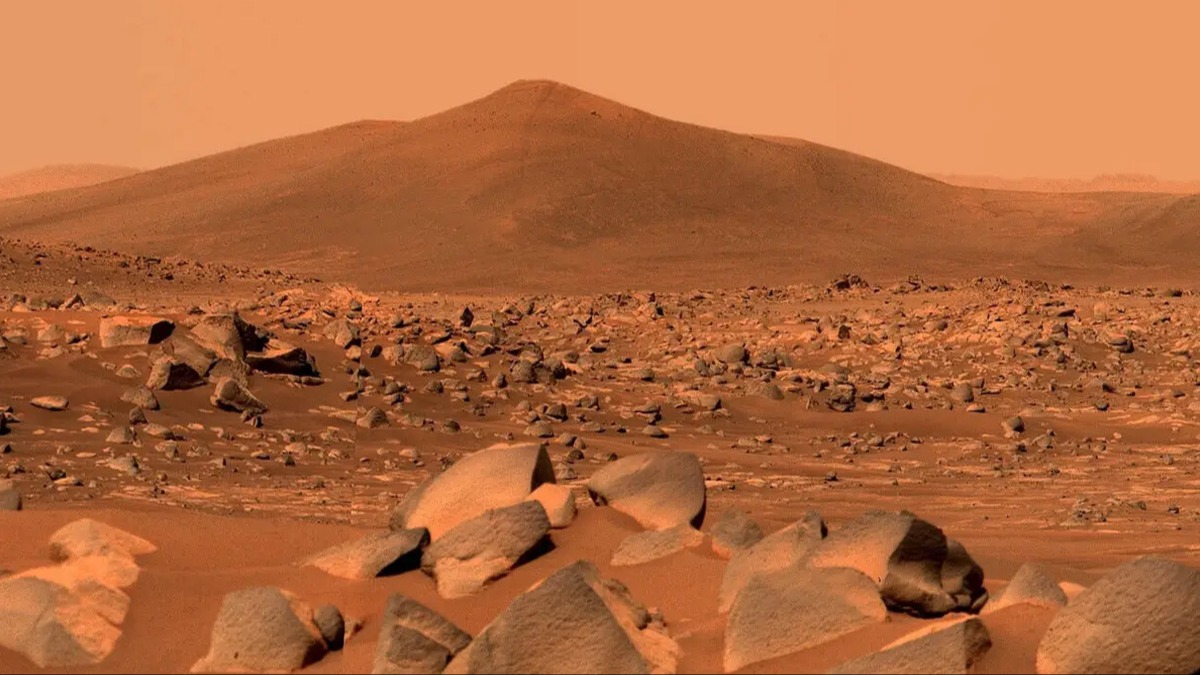Martians: Exploring the Myth and Mystery of Life on the Red Planet
Mars, the fourth planet from the Sun, has long captured the imagination of humanity. With its rusty red surface, polar ice caps, and enigmatic landscape, Mars has been a source of fascination and speculation for astronomers, scientists, and storytellers alike. One of the most enduring questions about Mars revolves around the possibility of life, leading to the popular notion of "Martians" – hypothetical inhabitants of the Red Planet. In this article, we'll delve into the myth, mystery, and scientific exploration of Martians, examining humanity's fascination with the idea of extraterrestrial life on Mars. Historical Perspectives and Early Speculations
Historical Perspectives and Early Speculations
The concept of Martians dates back centuries, with ancient civilizations observing Mars in the night sky and attributing mystical significance to the planet. In more recent history, the invention of telescopes allowed astronomers to observe Mars in greater detail, fueling speculation about its potential habitability and the existence of life.
One of the most famous early speculations about Martians came from Italian astronomer Giovanni Schiaparelli, who, in the late 19th century, reported observing "canali" on the Martian surface – a term that was mistranslated as "canals" in English and led to widespread belief in a network of artificial waterways constructed by intelligent beings. This sparked a wave of Martian fever, inspiring countless works of fiction and popularizing the idea of intelligent life on Mars.
The Search for Life on Mars Throughout the 20th and 21st centuries, scientific exploration of Mars has intensified, driven by the desire to answer the age-old question: Is there life on Mars? Numerous robotic missions, conducted by space agencies such as NASA and ESA, have been sent to Mars to study its geology, climate, and potential for past or present habitability.
Throughout the 20th and 21st centuries, scientific exploration of Mars has intensified, driven by the desire to answer the age-old question: Is there life on Mars? Numerous robotic missions, conducted by space agencies such as NASA and ESA, have been sent to Mars to study its geology, climate, and potential for past or present habitability.
One of the most significant discoveries in the search for life on Mars came in 1976, with the Viking landers' experiments. While the results were inconclusive, they provided tantalizing hints of the possibility of microbial life in Martian soil. Subsequent missions, such as the Mars rovers Spirit, Opportunity, and Curiosity, have furthered our understanding of Mars' geological history and potential for hosting life.
In recent years, the search for life on Mars has focused on identifying biosignatures – chemical or physical evidence of past or present life – in Martian rocks, soil, and atmosphere. The discovery of methane in Mars' atmosphere, for example, has sparked speculation about the possibility of microbial life beneath the Martian surface, where methane-producing organisms could thrive. Challenges and Controversies
Challenges and Controversies
Despite advances in Martian exploration, the search for life on Mars remains challenging and controversial. Mars' harsh environment – characterized by extreme cold, low atmospheric pressure, and high levels of radiation – presents significant obstacles to the survival of life as we know it. Moreover, the lack of liquid water on the Martian surface, essential for life as we understand it, has led some scientists to question the feasibility of finding life on Mars.
Furthermore, the interpretation of Martian data and the search for biosignatures are subject to debate and scrutiny within the scientific community. Conflicting results from different missions and experiments, coupled with the inherent limitations of robotic exploration, make it difficult to draw definitive conclusions about the presence or absence of life on Mars.
Future Prospects and Possibilities Looking ahead, the exploration of Mars is poised to enter an exciting new phase, with upcoming missions aiming to delve deeper into the planet's mysteries. NASA's Perseverance rover, launched in 2020, is equipped with advanced instruments designed to search for signs of past microbial life and collect samples for future return to Earth. Similarly, ESA's ExoMars mission, scheduled for launch in the coming years, will investigate the Martian surface and subsurface in search of signs of life.
Looking ahead, the exploration of Mars is poised to enter an exciting new phase, with upcoming missions aiming to delve deeper into the planet's mysteries. NASA's Perseverance rover, launched in 2020, is equipped with advanced instruments designed to search for signs of past microbial life and collect samples for future return to Earth. Similarly, ESA's ExoMars mission, scheduled for launch in the coming years, will investigate the Martian surface and subsurface in search of signs of life.
Moreover, the prospect of human exploration of Mars – including crewed missions and potential colonization efforts – raises new possibilities for the search for life on the Red Planet. Human explorers could conduct in-depth geological and astrobiological investigations, deploy advanced laboratory equipment, and explore regions of Mars inaccessible to robotic probes, potentially uncovering new clues about the planet's past and present habitability.
Conclusion: Imagining Martians In conclusion, the concept of Martians – intelligent beings inhabiting the Red Planet – has captivated the human imagination for centuries, inspiring countless works of fiction, speculation, and scientific inquiry. While the search for life on Mars remains ongoing and complex, recent advances in Martian exploration have brought us closer than ever to answering the age-old question of whether we are alone in the universe.
In conclusion, the concept of Martians – intelligent beings inhabiting the Red Planet – has captivated the human imagination for centuries, inspiring countless works of fiction, speculation, and scientific inquiry. While the search for life on Mars remains ongoing and complex, recent advances in Martian exploration have brought us closer than ever to answering the age-old question of whether we are alone in the universe.
Whether Martians exist as microbial organisms beneath the Martian surface or as figments of our collective imagination, the quest to uncover the truth about life on Mars continues to drive humanity's curiosity, ingenuity, and sense of wonder. As we explore the mysteries of the Red Planet, we may ultimately discover not only the secrets of Mars but also new insights into the nature of life itself.









































